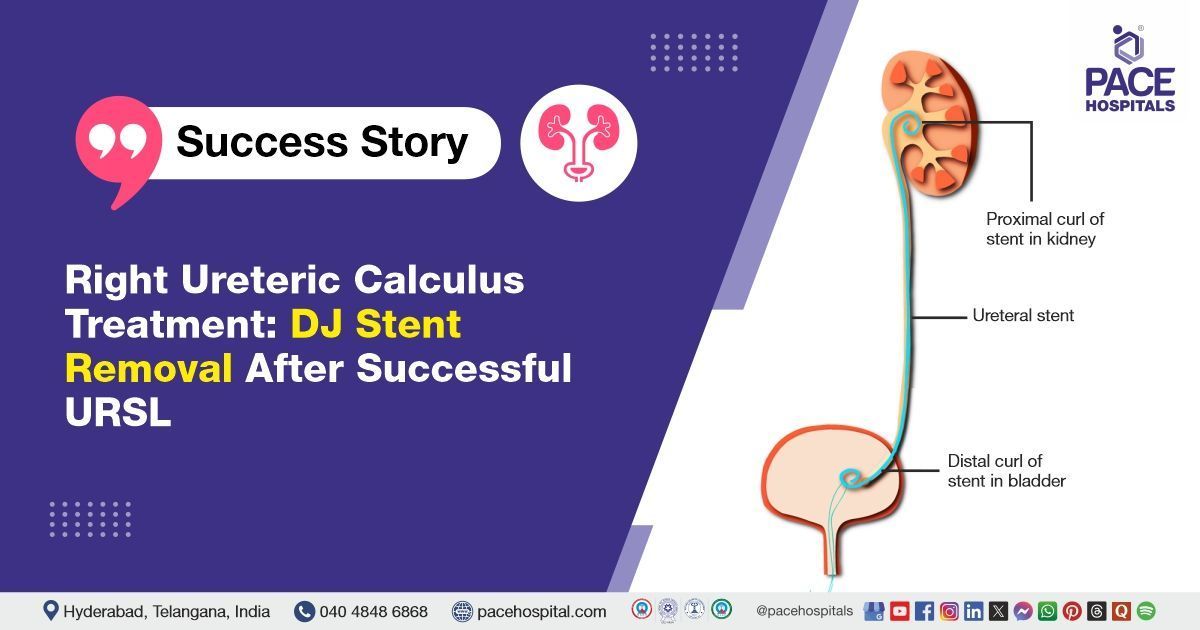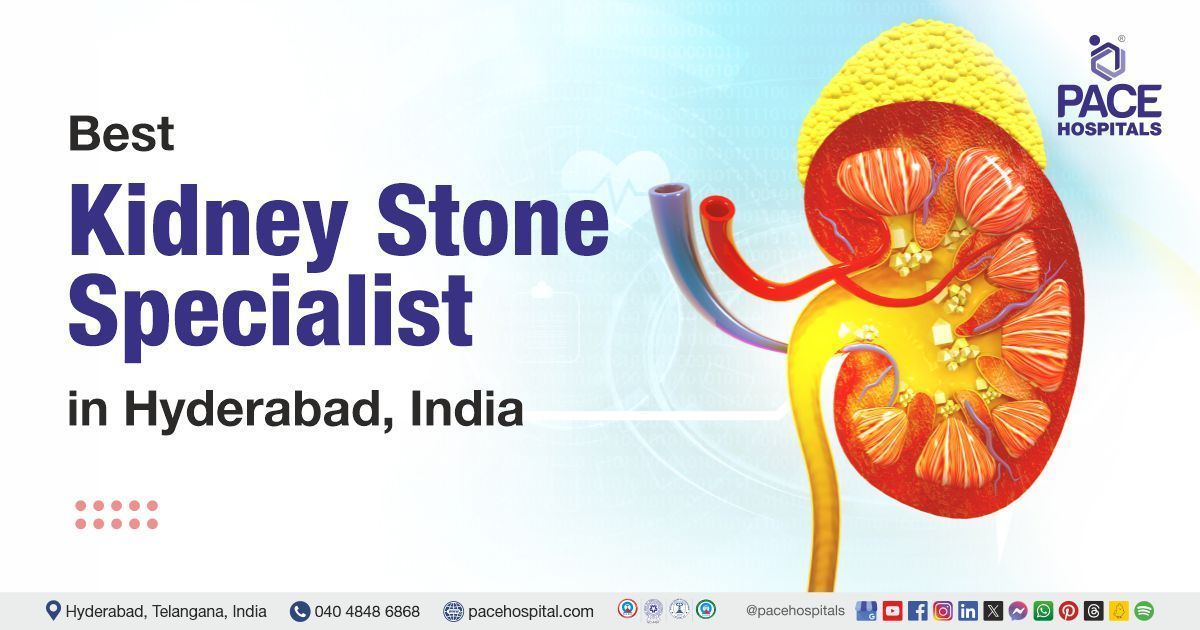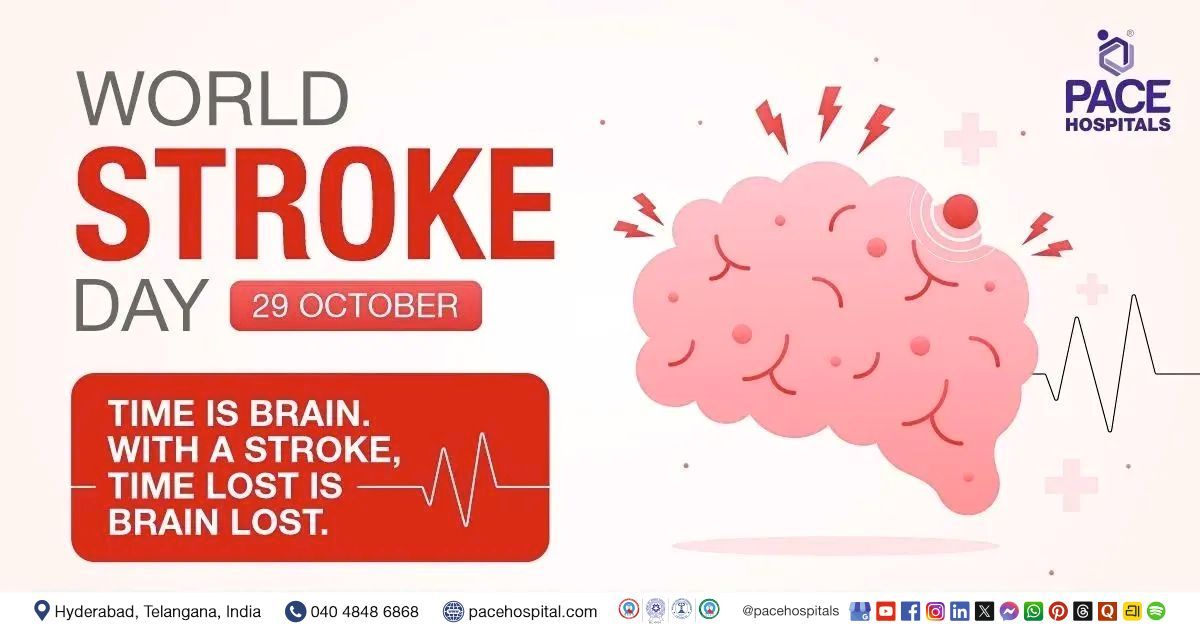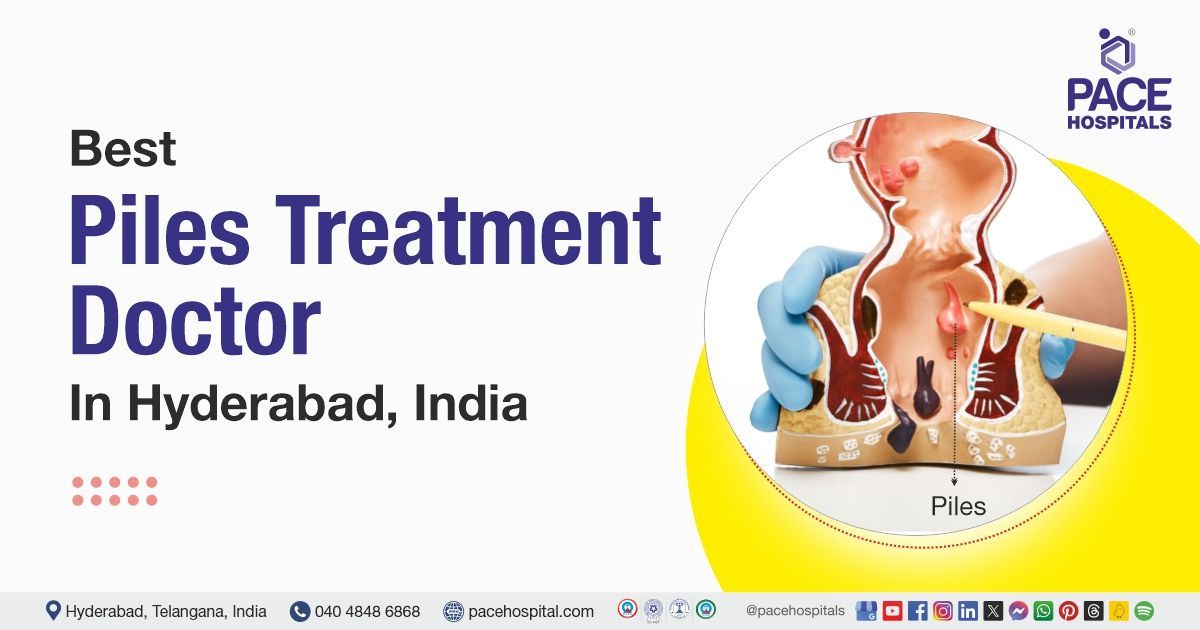Right Ureteric Calculus Treatment: DJ Stent Removal After Successful URSL
The urology team at PACE Hospitals successfully removed a DJ stent under sedation in a 43-year-old male patient who had previously been diagnosed with a right ureteric calculus and had undergone ureteroscopic lithotripsy (URSL) with DJ stenting, resulted in complete stone clearance.
Chief Complaints
A 43-year-old male patient came for DJ stent removal at
PACE Hospitals, Hitech City, Hyderabad.
Diagnosis
Based on clinical examination, the patient was diagnosed with a right ureteric calculus and underwent
kidney stone treatment in Hyderabad, Telangana through ureteroscopic lithotripsy (URSL) with DJ stenting in November.
Surgical Procedure
Following consultations with the consultant urologist, Dr. Abhik Debnath, it was concluded that DJ stent removal would be the most appropriate next step in the patient’s management after kidney stone removal.
The patient underwent DJ stent removal in Hyderabad, Telangana at PACE Hospitals, a minor surgical procedure typically performed once the underlying condition, such as ureteric obstruction due to stones or other causes, has been resolved. The procedure involves cystoscopic visualization and gentle extraction of the stent from the urinary tract. It is quick, minimally invasive, and generally well-tolerated, with most patients experiencing prompt relief from stent-related discomfort.
Intraoperative Findings
The operative notes indicate that the right DJ stent was in situ and was successfully removed in its entirety without any complications. The procedure was performed smoothly, with complete extraction of the stent, ensuring that no fragments remained within the urinary tract.
Postoperative Care
Both his intraoperative and postoperative courses remained uneventful. He exhibited good procedural tolerance and was discharged in stable condition without any complications.
Discharge Medications
Upon discharge, the patient was prescribed a course of antibiotics and analgesics.
Advice on Discharge
The patient was advised to maintain adequate hydration by consuming approximately 3–4 litres of fluids daily to support kidney function. A diet rich in citrus fruits and juices was recommended due to their potential benefits for urinary health. Additionally, a low-purine, low-sodium diet was suggested to aid in the prevention of recurrent kidney stone formation and to support overall health.
Emergency Care
The patient was informed to contact the Emergency ward at PACE Hospitals in case of any emergency or the development of symptoms like fever, abdominal pain, or vomiting.
Review notes
The patient is scheduled for a follow-up appointment one year post procedure to assess recovery, monitor for any recurrence of symptoms, and to evaluate the overall effectiveness of the treatment plan.
Significance of Double J (DJ) Stent Placement and Timely Removal
DJ stents are commonly used by a urologist/urology doctor to treat urinary stone disease, relieve benign or malignant obstructions, promote ureteral healing, and manage urinary leaks. They also help prevent injuries to the ureters during complex abdominal surgeries, in cases of retroperitoneal fibrosis, or after iatrogenic injuries. Designed for temporary use, DJ stents must be removed or replaced within three months to one year, depending on their type and purpose.
Complications from retained or forgotten stents can include haematuria (blood in the urine), infection, pain, ureteral injury, stone formation, sepsis, renal failure, and even death. Various methods are available to retrieve encrusted stents, and timely removal is crucial to avoid serious and costly complications.
Get an appointment with
Share on
Request an appointment
Fill in the appointment form or call us instantly to book a confirmed appointment with our super specialist at 04048486868











